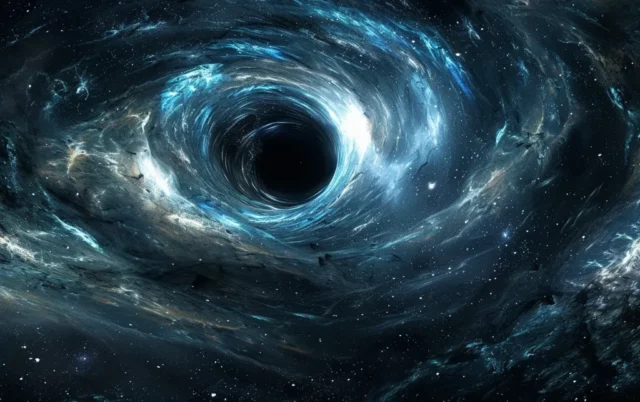An Unusual Black Hole Discovered in the Milky Way
An international team of scientists led by the Max Planck Institute for Astronomy in Germany has discovered signs of an unusual type of black hole in our galaxy, the Milky Way. The research, published on the arXiv portal, identified an intermediate-mass black hole (IMBH), which is more massive than stellar black holes but less massive than supermassive ones. The mass of these objects can range from 100 to 100,000 times the mass of the Sun. These IMBHs are theoretically expected to be as common as other types of black holes, however, astronomers have only detected one such object so far.
Discovery in the Omega Centauri Cluster
In a new study, the team of scientists, using the Hubble Space Telescope, identified a group of seven peculiar stars in the Omega Centauri cluster, located 17,000 light-years away from Earth. Astronomers compared 500 images of this cluster and created a map of the movement of approximately 1.4 million stars. The analysis showed that at least seven stars are moving at such a speed that they should have escaped into interstellar space, but some force is holding them within the cluster.
A Unique Cluster with a Potentially Massive Black Hole
Astronomers believe that the most likely explanation for this phenomenon could be the presence of a black hole with a mass exceeding the Sun’s mass by 8,200 times. The Omega Centauri cluster is a unique formation: it is nearly 10 times larger than most other globular clusters and very flat. This cluster can be seen even without the aid of a telescope in a dark clear night, as it takes up about as much space in the sky as the Moon when viewed from Earth.
Researchers suspect that the cluster may be a former dwarf galaxy that orbited around the Milky Way before entering the galaxy’s center. Therefore, this discovery could play a key role in understanding the evolution of galaxies and the role of black holes in this process.





